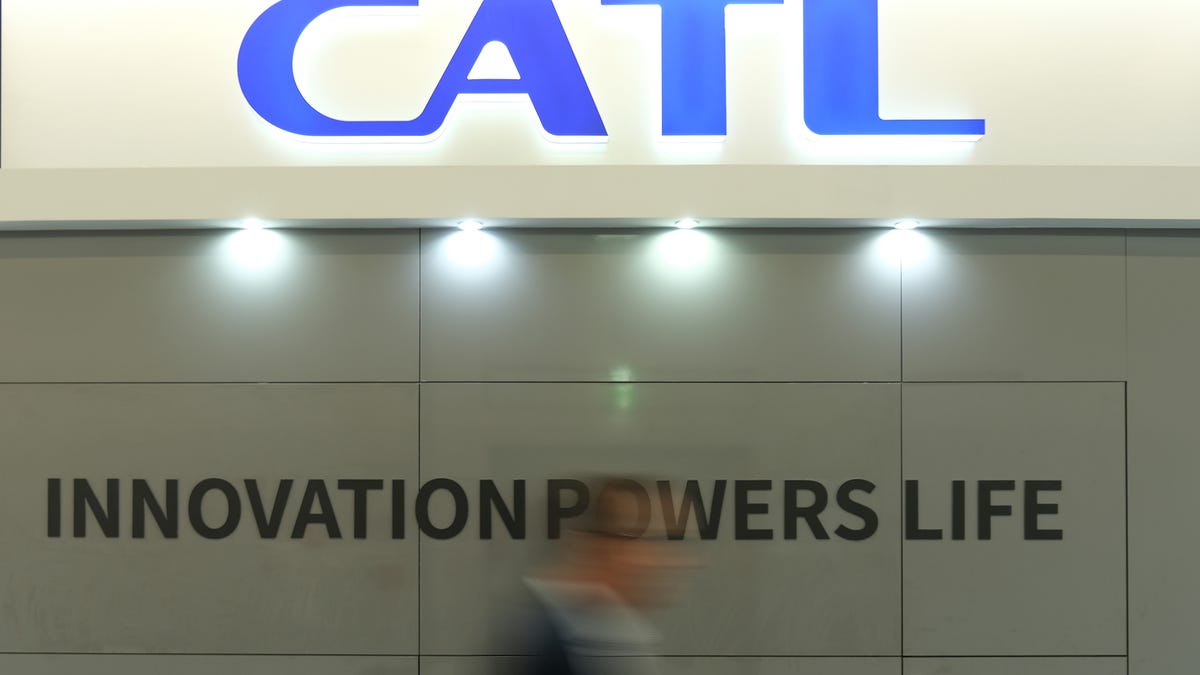Unpacking the Impact: Tesla Battery Supplier’s Groundbreaking IPO
In a landmark event for the clean energy sector, Panasonic Energy, Tesla’s primary battery supplier, launched its highly anticipated initial public offering (IPO) on September 30, 2023, on the Tokyo Stock Exchange. The $4.5 billion offering—the largest in Japan this year—signals a seismic shift in the electric vehicle (EV) and renewable energy markets, drawing intense scrutiny from investors and industry analysts alike. The IPO comes as global demand for lithium-ion batteries surges, driven by the accelerating transition to EVs and grid-scale energy storage solutions.
Why This IPO Matters for the EV Revolution
Panasonic Energy’s IPO represents more than just a financial milestone—it underscores the critical role of battery technology in achieving a carbon-neutral future. The company, which operates Tesla’s Nevada Gigafactory as a joint venture, supplies approximately 60% of the batteries for Tesla’s Model 3 and Model Y vehicles. With this move, Panasonic gains capital to:
- Expand production capacity by 40% by 2028
- Develop next-generation 4680 battery cells (20% more energy-dense than current models)
- Secure lithium and cobalt supplies through strategic mining partnerships
“This IPO isn’t just about raising funds—it’s a strategic play to dominate the battery supply chain,” noted Dr. Elena Rodriguez, a clean energy analyst at BloombergNEF. “Panasonic now has the war chest to outpace Chinese competitors like CATL and BYD in the global battery arms race.”
Market Reactions and Valuation Surge
Within hours of trading, Panasonic Energy’s stock (TYO: 6937) surged 23% above its ¥1,450 ($9.70) offering price, pushing its market capitalization to ¥3.2 trillion ($21.4 billion). The explosive debut reflects:
- Investor confidence in the EV sector’s 34% annual growth rate (McKinsey 2023 data)
- Supply chain security concerns amid U.S.-China trade tensions
- Government incentives like the U.S. Inflation Reduction Act’s battery production credits
However, some analysts urge caution. “Valuations in the battery sector are approaching dot-com era exuberance,” warned James Fitzgerald, portfolio manager at BlackRock’s Global Renewable Power Fund. “While the long-term thesis is sound, near-term volatility is inevitable as production scales up.”
Ripple Effects Across Industries
The IPO’s impact extends far beyond Wall Street trading floors. Automotive manufacturers face renewed pressure to secure battery supplies, with Ford and GM reportedly accelerating talks with Panasonic. Meanwhile, renewable energy developers anticipate cost reductions as battery prices—already down 89% since 2010 (BNEF)—could drop another 15-20% by 2025 through scaled production.
Critically, the move may reshape global trade dynamics. By strengthening Japan’s position in the battery supply chain, it reduces reliance on Chinese manufacturers that currently control 75% of the world’s lithium-ion production. “This is economic statecraft disguised as corporate finance,” observed Georgetown University trade professor Miriam Kwon. “The U.S. and Japan are building a parallel supply chain to counter China’s dominance.”
Challenges on the Road Ahead
Despite the optimism, Panasonic Energy faces formidable hurdles:
- Raw material shortages: Lithium demand may outstrip supply by 2027 (Benchmark Mineral Intelligence)
- Technological risks: Solid-state battery breakthroughs could disrupt current lithium-ion dominance
- Geopolitical instability: 65% of cobalt originates from the Democratic Republic of Congo
The company plans to mitigate these risks through a $1.2 billion investment in recycling technologies and a recently announced partnership with Quebec-based Nemaska Lithium for North American supply.
The Future of Energy Storage Takes Shape
As Panasonic Energy begins its journey as a publicly traded company, industry watchers predict accelerated innovation in battery technology. The IPO proceeds will fund research into silicon-anode batteries that could extend EV range by 30%, along with pilot projects for vehicle-to-grid energy systems.
“We’re not just powering cars—we’re building the infrastructure for an electrified society,” said Panasonic Energy CEO Kazuo Tadanobu during the IPO bell-ringing ceremony. The company aims to achieve carbon-neutral production by 2031, aligning with Tesla’s environmental goals.
For investors and consumers alike, the message is clear: The battery revolution has entered its high-growth phase, and its success will determine how quickly the world can transition away from fossil fuels. Those interested in tracking this evolving story should monitor quarterly battery production reports and U.S. Department of Energy grant announcements for further market signals.
See more Business Focus Insider Team

